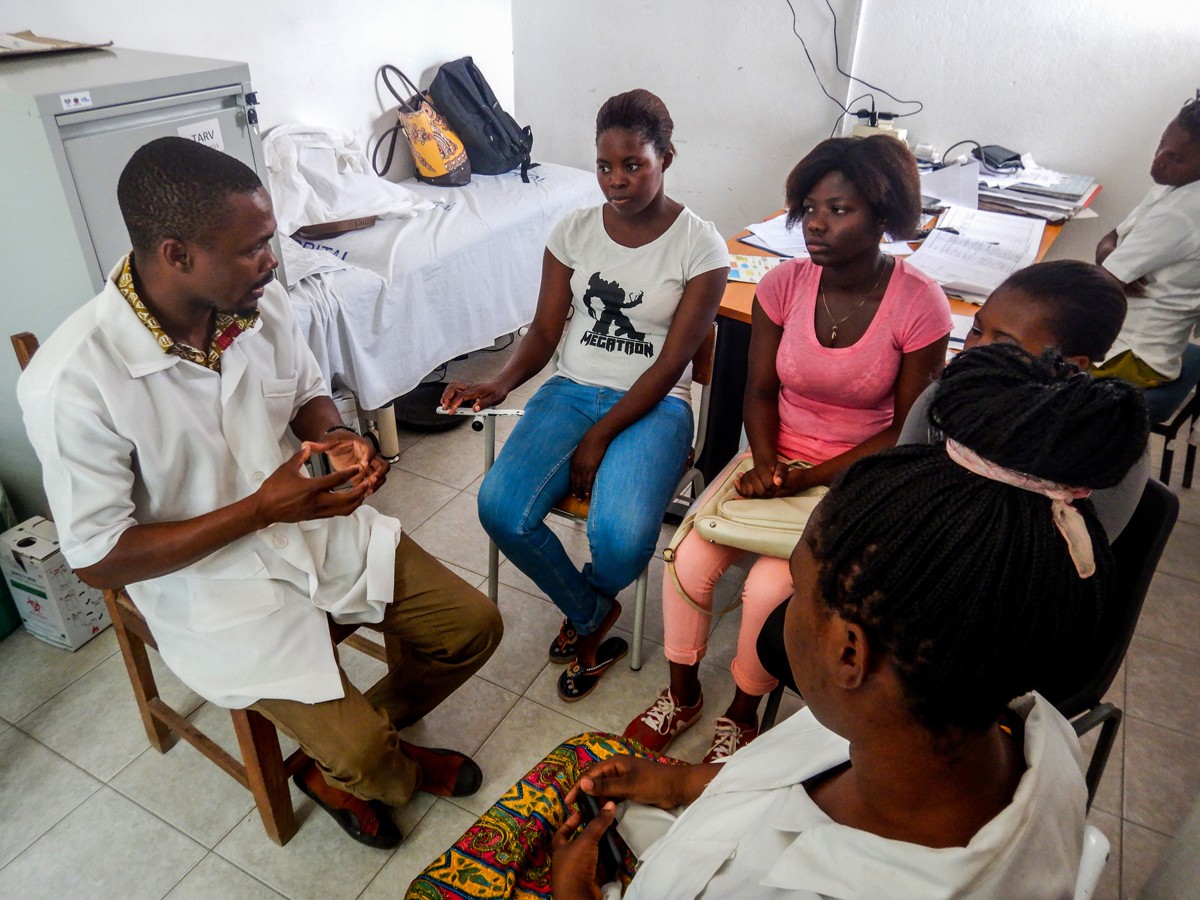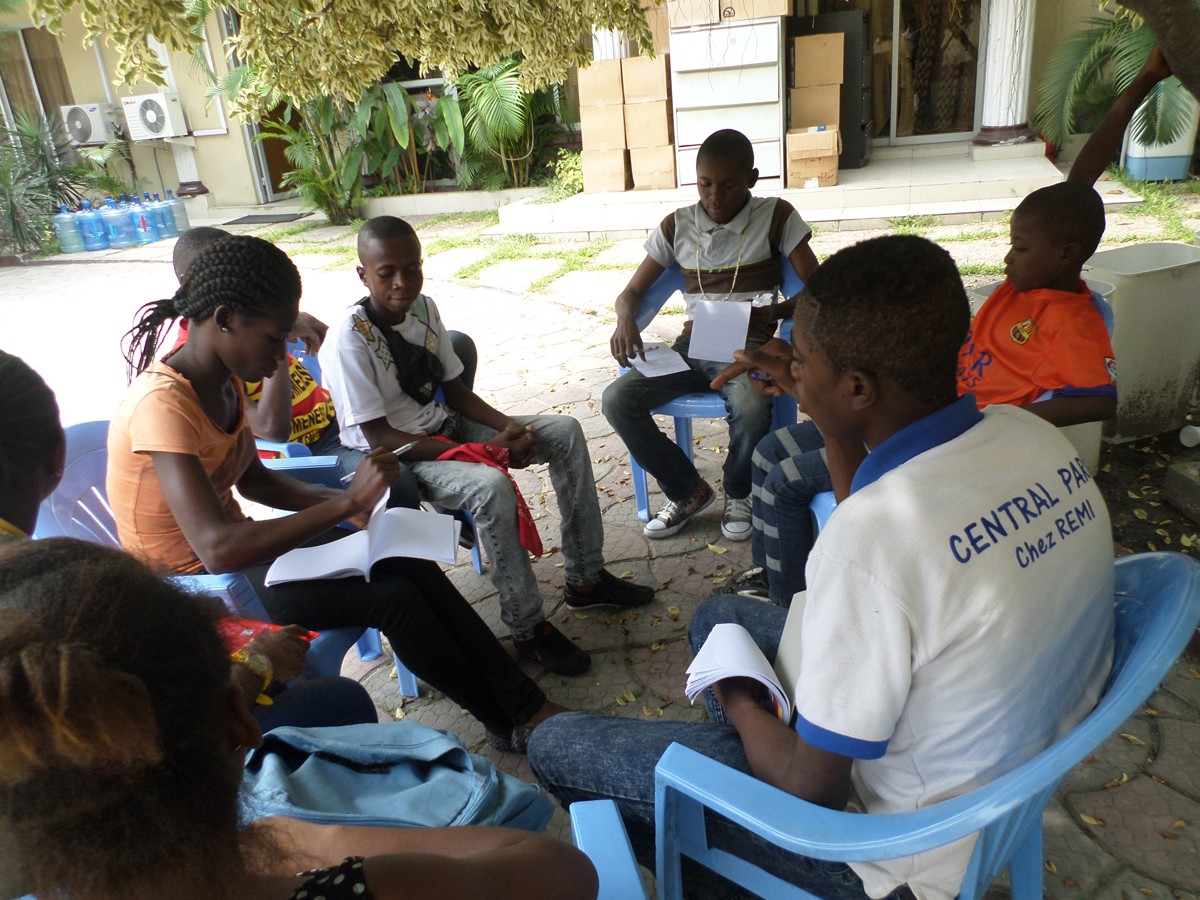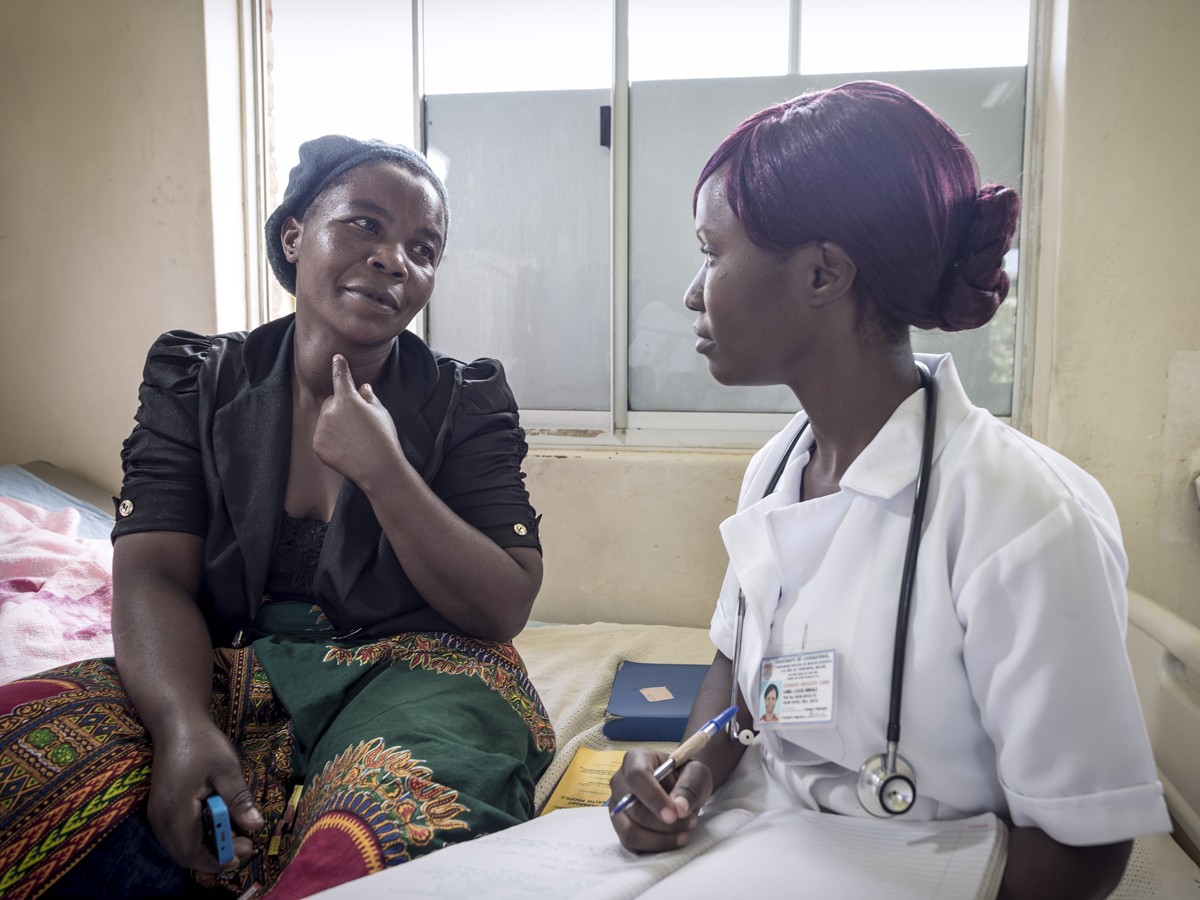Hatleberg CI, Ryom L, d’Arminio Monforte A, Fontas E, Reiss P, Kirk O, El-Sadr W, Phillips A, de Wit S, Dabis F, Weber R, Law M, Lundgren JD, Sabin C; Data Collection on Adverse Events of Anti-HIV Drugs (D:A:D) Study Group.
HIV Med. 2018 Jul 18. doi: 10.1111/hiv.12639.
OBJECTIVES:
Previous studies have suggested that hypertension in HIV-positive individuals is associated primarily with traditional risk factors such as older age, diabetes and dyslipidaemia. However, controversy remains as to whether exposure to antiretroviral (ARV) drugs poses additional risk, and we investigated this question in the Data Collection on Adverse Events of Anti-HIV Drugs (D:A:D) cohort.
METHODS:
The incidence of hypertension [systolic blood pressure (BP) > 140 and/or diastolic BP > 90 mmHg and/or initiation of antihypertensive treatment] was determined overall and in strata defined by demographic, metabolic and HIV-related factors, including cumulative exposure to each individual ARV drug. Predictors of hypertension were identified using uni- and multivariable Poisson regression models.
RESULTS:
Of 33 278 included persons, 7636 (22.9%) developed hypertension over 223 149 person-years (PY) [incidence rate: 3.42 (95% confidence interval (CI) 3.35-3.50) per 100 PY]. In univariable analyses, cumulative exposure to most ARV drugs was associated with an increased risk of hypertension. After adjustment for demographic, metabolic and HIV-related factors, only associations for nevirapine [rate ratio 1.07 (95% CI: 1.04-1.13) per 5 years] and indinavir/ritonavir [rate ratio 1.12 (95% CI: 1.04-1.20) per 5 years] remained statistically significant, although effects were small. The strongest independent predictors of hypertension were male gender, older age, black African ethnicity, diabetes, dyslipidaemia, use of lipid-lowering drugs, high body mass index (BMI), renal impairment and a low CD4 count.
CONCLUSIONS:
We did not find evidence for any strong independent association between exposure to any of the individual ARV drugs and the risk of hypertension. Findings provide reassurance that screening policies and preventative measures for hypertension in HIV-positive persons should follow algorithms used for the general population.








